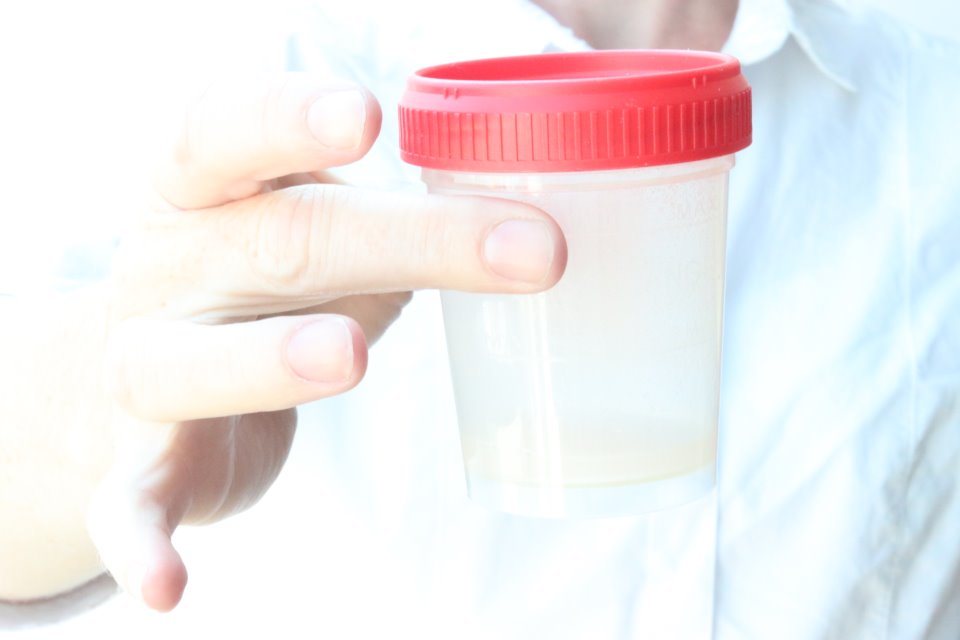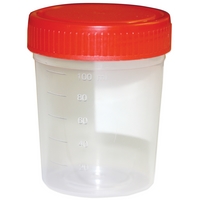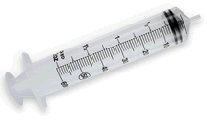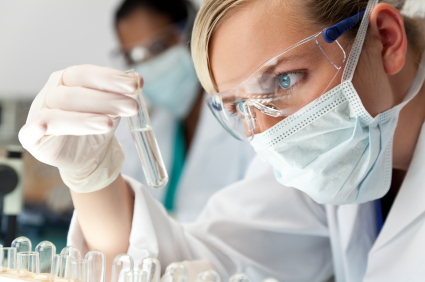How do I Get Pregnant with a Sperm Donor?
There are 3 key methods using sperm donation to get pregnant:
If you are reading this then its very likely that you have just begun your journey trying to get pregnant with a sperm donor or you have been on a long roller coaster ride trying for a baby without success. This section can help you with lot's of information about how to increase your chances of getting pregnant.
For some lucky people becoming pregnant happens fairly quickly, sometimes even first time. However for a lot of people getting pregnant is not always easy.

How do I get Pregnant using a Sperm Donor?
5 Simple Ways to Help you Become Pregnant Using Donor Sperm:
-
Ask your donor to produce up-to-date health tests to ensure he is disease free.
-
Ensure your donor has had his sperm tested for volume and motility
-
Ask your doctor for a fertiltiy check to ensure you can conceive
-
Closely monitor your ovulation to pin point the correct day for insemination
-
Follow our step-by-step guide for home insemination
Top Destinations
Take me to:
Home Insemination

What is Home Insemination?
For those of our members who choose not to access a licensed fertility clinic a method known as home insemination can be carried out. Home insemination is the method of inseminating sperm at home using a sterile syringe and specimen cup.
A Successful Method
This successful method often suites people entering into a co-parenting or known donor arrangment for a number of reasons and is increasingly used by single women and lesbian couples to conceive using donor sperm. For information on how to perform home insemination visit our guide page.
Many women feel that insemination at home has advantages over undertaking insemination within a clinic environment as there is very little cost involved, the environment is much more relaxed, the sperm is fresh, your partner can be more involved and the success rates are higher.
Show me a home insemination video
How do I Perform Home Insemination?
What equipment do I need for home insemination?

When should I perform home insemination?
Use an ovulation prediction kit and/or a BBT chart to determine your 2 most fertiledays. Inseminate during these fertile days i.e the two days before your LH surge and two days after if you can arrange this with your donor. If its not possible to inseminate over 4 days then stick to the 48 hours before your LH surge as indicated with a positive ovulation predictor test.
Follow these instructions for home insemination:
1. Your sperm donor will firstly need to ejaculate into the specimen cup. Your donor should replace the lid on the cup and pass it to you as soon as possible after ejaculation. Your donors’ job is now complete!
2. Get yourself into a comfortable position with your hips raised. If using a vaginal speculum a small amount of lubrication (sperm friendly such as PreSeed) may be required to effectively insert the speculum, but only use a small amount. The woman can very gently insert the speculum into the vagina to locate the cervix or why not ask your partner to help.
3. Insert the speculum at a 45 degree angle pointing slightly downward. Open the"bills" of the speculum 2 or 3 cm using the thumb lever. Position the bills so that the cervix "falls" in between. Secure the speculum by clicking the ratchet mechanism (plastic speculum). Make sure that you lock the speculum in place if it is a lockable speculum. Do not move the speculum while it is locked open as it may cause injury.
4. Wait for the sperm to liquefy, this would normally take 10-20 minutes, draw back the syringe once with nothing but air and then push the air out, then slowly suck up the sperm into the syringe (no needle required). The sperm can remain active for a 1-2 hour period as long as it is maintained at just below body temperature however it is best to inseminate as soon as the sperm liquefies.
5. Squeeze the contents of the sperm as far into the vagina as possible and near to the cervix – do not aim at the cervix as this could cause injury to the cervix and the woman could go into cervical shock. Leave the syringe in placefor a few seconds and then slowly withdraw it.
6. If you are using a speculum once the sperm has been inseminated slowly withdraw the speculum slightly to clear the cervix. Loosen the speculum and allow the"bills" to fall together. Continue to withdraw while rotating the speculum to 45 degrees, dispose appropriately as they are single use speculums. Dispose of the used syringe and specimen appropriately also as they are also for single use only.
7. Lie down on your back with your hips propped up by a pillow for around 20-30 minutes. This should be ample time to allow the sperm to travel.
Other methods are available such as using a cervical cup however studies suggest that there is little difference in the conception rates and we suggest any method other than that above should be carried out by a medical professional.
Disclaimer:
We would recommend you seek advice from your GP if you feel you need further clarification around Home Insemination Procedures. We strongly recommend you consider all health and legal risks of carrying out insemination methods outside of a licensed fertility clinic.
Please refer to our FAQ's section for more information.
Co-ParentMatch.com will not be held accountable for any future actions or problems that arise as a result of carrying out such procedures)
.jpg)
What Health Screening does a Sperm Donor Need?
Visit our health screening page for a general list of pre-insemination screening that you should insist your donor produces before any insemination takes place.
Where can a sperm donor go to be tested?
Visit your GP and ask for sexual health and fertility tests. You can either explain that you are looking to become a sperm donor or you are looking to begin trying for a baby with your partner and want to be screened first.
.jpg)
Tell me about Ovulation?
For most women ovulation happens 10-16 days before the start of your next period. To ensure that insemination is undertaken at the correct time it is vital isuse an ovulation prediction test, to identify the correct day. We advise you to use an ovulation test from day 10 of your period (day one being the first day that you bleed when your period starts) then daily until you identity the correct day.

What is Intra Uterine Insemination (IUI)?
IUI is an assisted reproductive technique which places sperm directly into the uterus with the help of a very thin catheter. This procedure ensures that sperm are available to access a woman’s egg during ovulation. IUI was formerly known as artificial insemination although many people get confused with artificial insemination and home insemination.
.jpg)
In Vitro Fertilization (IVF)
What is IVF?
IVF stands for In Vitro Fertilisation and it is a technique that helps couples have a baby if they suffer from fertility issues. The process involves surgically removing an egg from the woman’s ovaries and fertilising it with a sperm in a laboratory. The fertilised egg forms and embryo which is then placed back into the woman’s womb to grow and develop.
What is natural insemination?
When we refer to NI, in plain English we mean sexual intercourse. If you are in a heterosexual relationship then the process of making babies through NI will not be a problem for you however when we consider sperm donor and sperm donor recipient relationships NI does become an issue. Whether you are a heterosexual couple where the man is infertile and you are looking to use a donor or you are a single woman or a lesbian couple the question around whether you should choose NI should be considered very carefully.

Related Articles:
Infertility